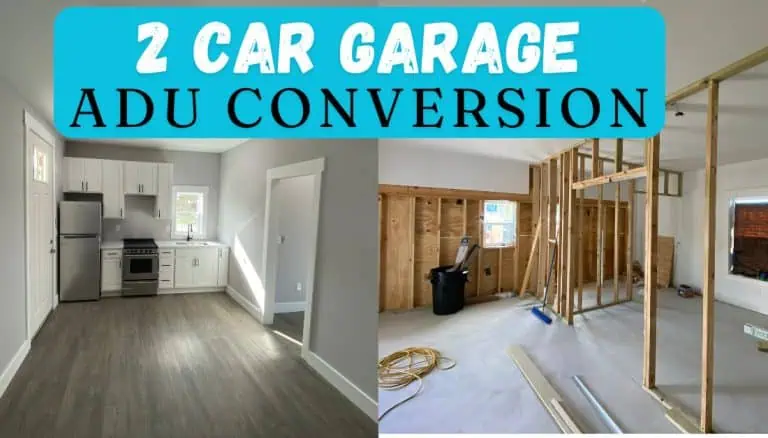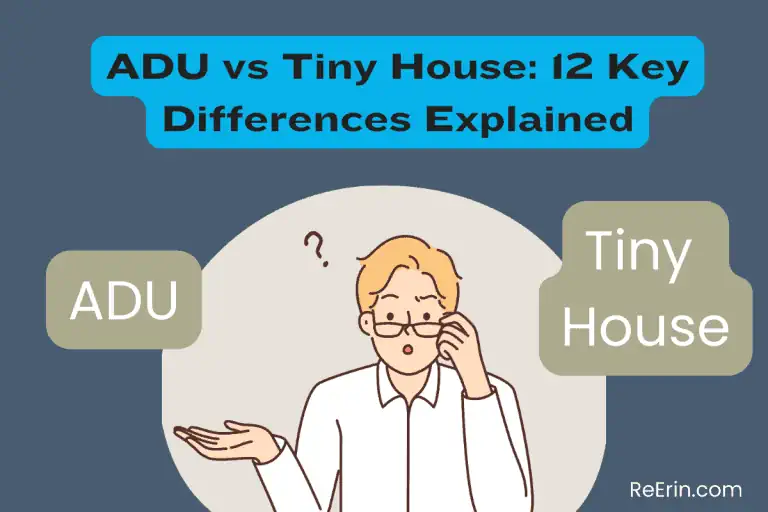Understanding the Different Types of ADUs: DADUs, AADUs, and JADUs
Accessory Dwelling Units (ADUs) come in different forms, each offering unique benefits for homeowners looking to expand their property. They are…

Accessory Dwelling Units (ADUs) come in different forms, each offering unique benefits for homeowners looking to expand their property. They are…

As housing prices rise and space becomes more limited, homeowners are exploring new ways to enhance their property’s value and functionality….

As housing costs soar and space becomes a premium, more homeowners are turning to Accessory Dwelling Units (ADUs) as a solution….

Affordable housing is a hot topic, and one term that keeps surfacing in the conversation is “Accessory Dwelling Unit” (ADU). But…

Accessory Dwelling Units (ADUs) are becoming an increasingly popular housing solution in the US. Some are building an ADU in Louisiana…

The two car garage is the most popular way to create an ADU. The planning stage of an ADU garage conversion…

Imagine adding a tiny home to your backyard and then carving off some land with that tiny home to sell separately…

Accessory Dwelling Units (ADUs) are a growing trend in housing that allows homeowners to: Older adults seek to downsize as they…

An ADU and a tiny house. Are they the same thing, or are they different? Yes and No. It’s a bit…